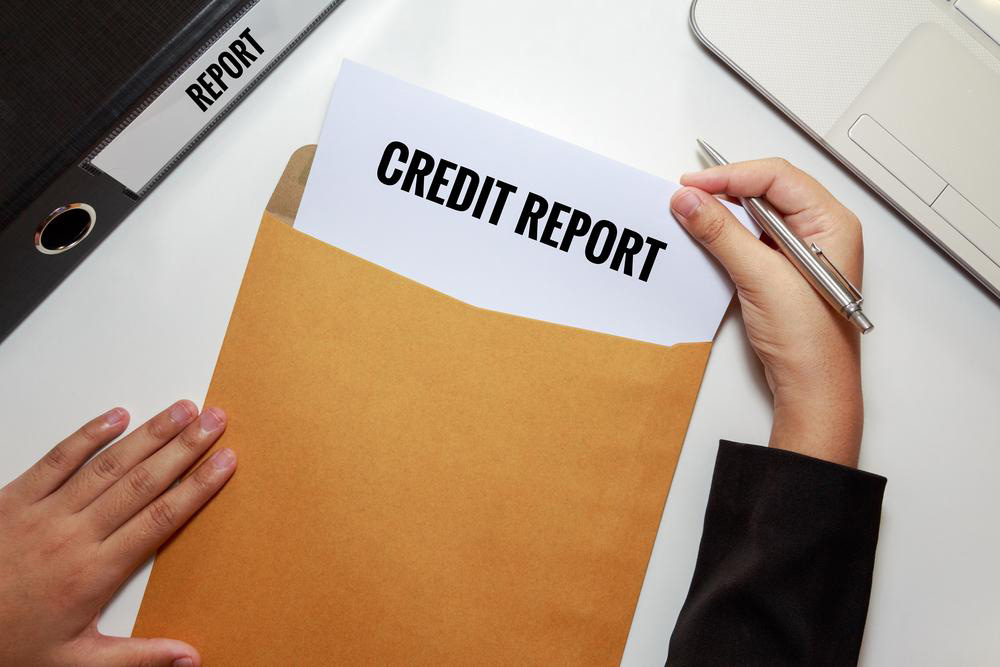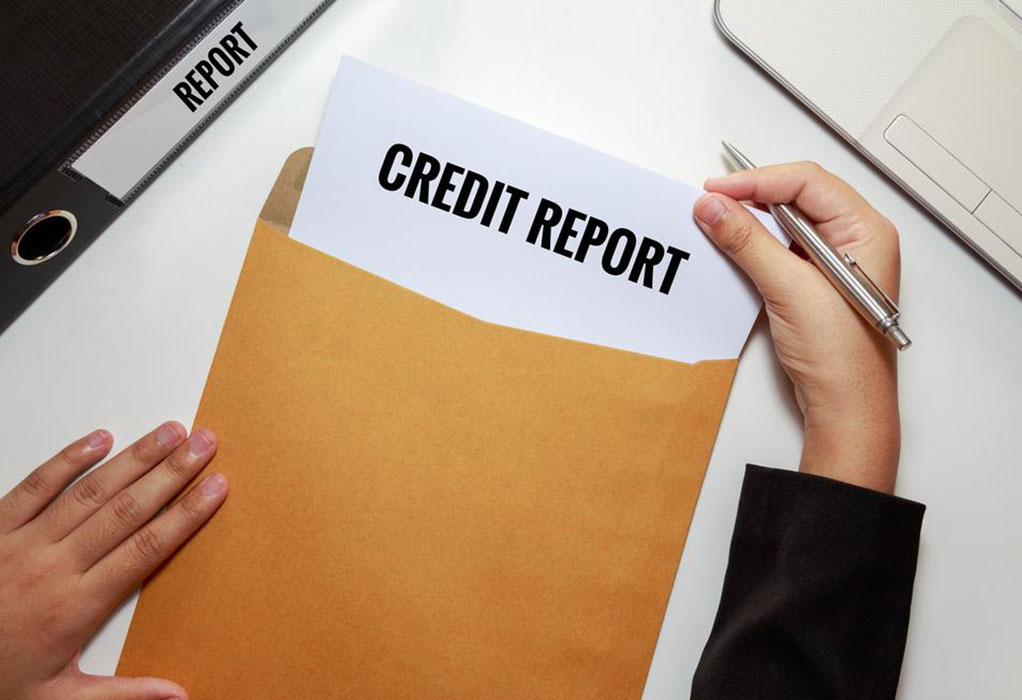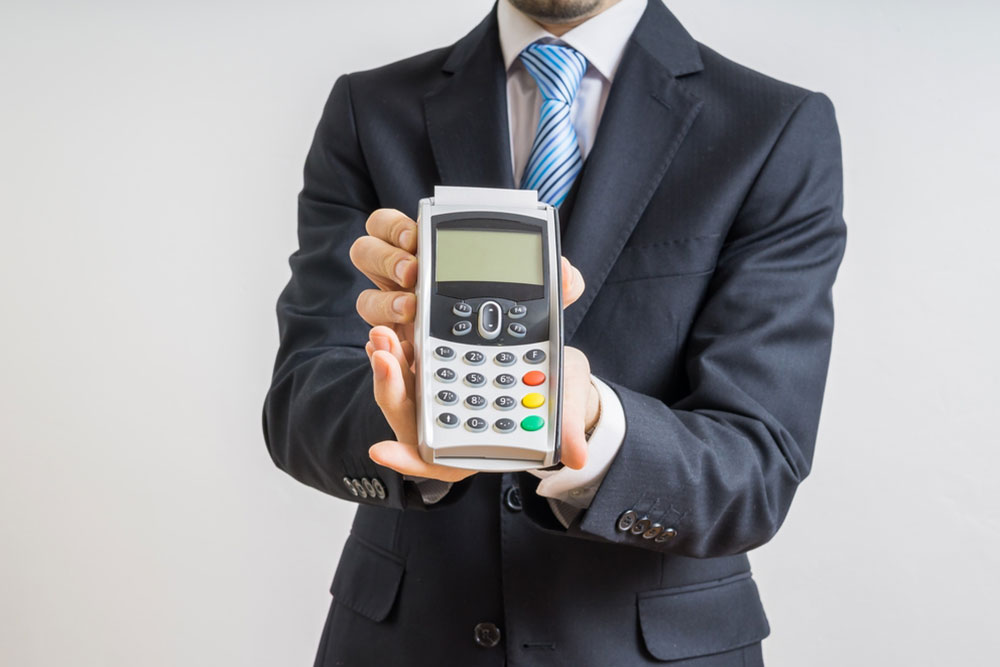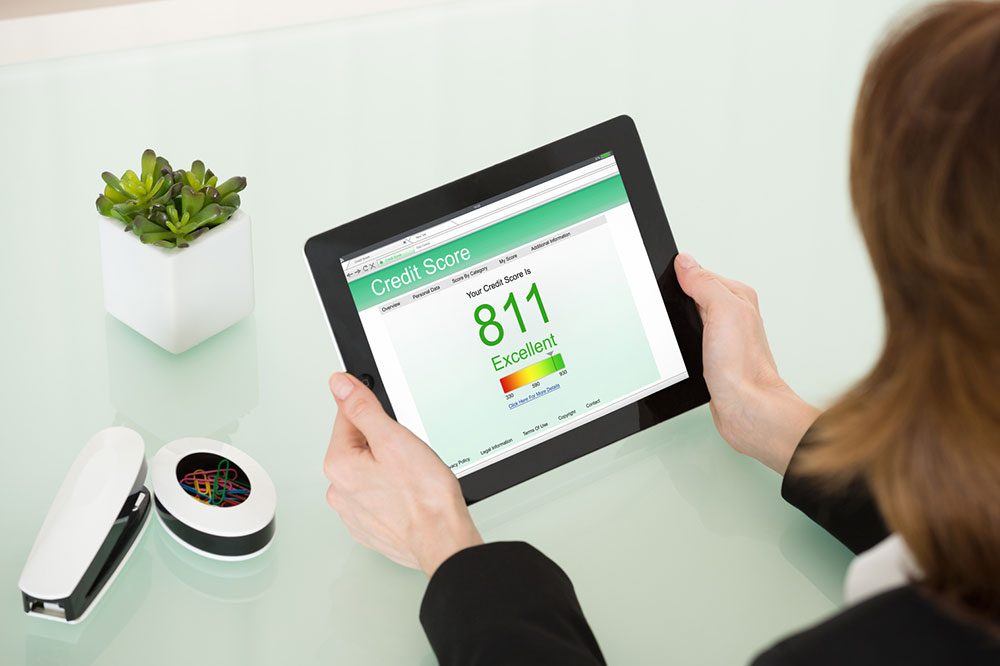Guide to Locking Your Credit Report for Enhanced Security
Learn how to effectively lock your credit report to prevent identity theft and unauthorized access. This guide explains the process, costs involved, and essential tips to safeguard your financial data, ensuring peace of mind in an increasingly digital world.

Guide to Locking Your Credit Report for Enhanced Security
The idea of having personal information stolen can be alarming. Victims of identity theft often face long-lasting consequences, making the recovery process difficult and stressful. To help prevent such incidents, many individuals opt to lock their credit reports. This step can be an effective way to shield your financial data from unauthorized access, especially amid increasing data breaches. Locking your credit report can prevent fraudsters from opening new credit accounts without your permission.
Financial security experts recommend locking your credit report as a proactive measure to protect your identity in today’s digital landscape.
This process blocks lenders from accessing your credit information, making it difficult for thieves to establish new credit in your name. The cost associated with locking your credit report is relatively modest, and most experts agree that the minor inconvenience of unlocking temporarily is worth the protection it offers against identity theft. Understanding how to lock your credit is essential, and the process is straightforward.
What is a credit report lock?
A credit report contains sensitive details about your borrowing history and payment habits. When your report is locked, lenders and creditors cannot access this information, effectively preventing unauthorized attempts to open new accounts. However, note that government agencies and law enforcement retain rights to access credit data even during a lock. This means the lock provides protection against most unauthorized entities but is not foolproof.
Steps to lock your credit report
Locking your credit involves contacting major credit bureaus individually. You'll need to provide personal verification details, including your identity, the reason for the lock, and supporting documents such as a police report or identity theft report if applicable. You may visit bureau offices, call, or mail requests to lock your account. The fees associated with locking your report typically range from $3 to $10 per bureau and may vary by state. Additional charges might apply for unlocking your report later. Senior citizens may enjoy reduced rates; confirm such details beforehand.
Though the process might seem complex, it is manageable by following the clear instructions provided by each bureau. Locking your credit report is a simple yet effective step to bolster your financial safety.
Information needed to request a lock
The bureaus require several details to process your request:
Full name
Current address and any previous addresses
Date of birth
Social Security number
Proof of identity (e.g., driver’s license, passport)
Address verification documents
Payment method (if applicable)
While locking your credit report significantly reduces the risk of unauthorized activity, it doesn't eliminate all threats. Regularly monitoring your financial statements and setting up alerts is advisable to stay vigilant against fraud.
Note:
This article offers practical advice on securing your credit information. While the steps provided are helpful, they should complement other security practices. The authors are not responsible for discrepancies or limitations in credit protection. Keep in mind that some offers or schemes might better suit your needs, so stay informed for optimal security.









